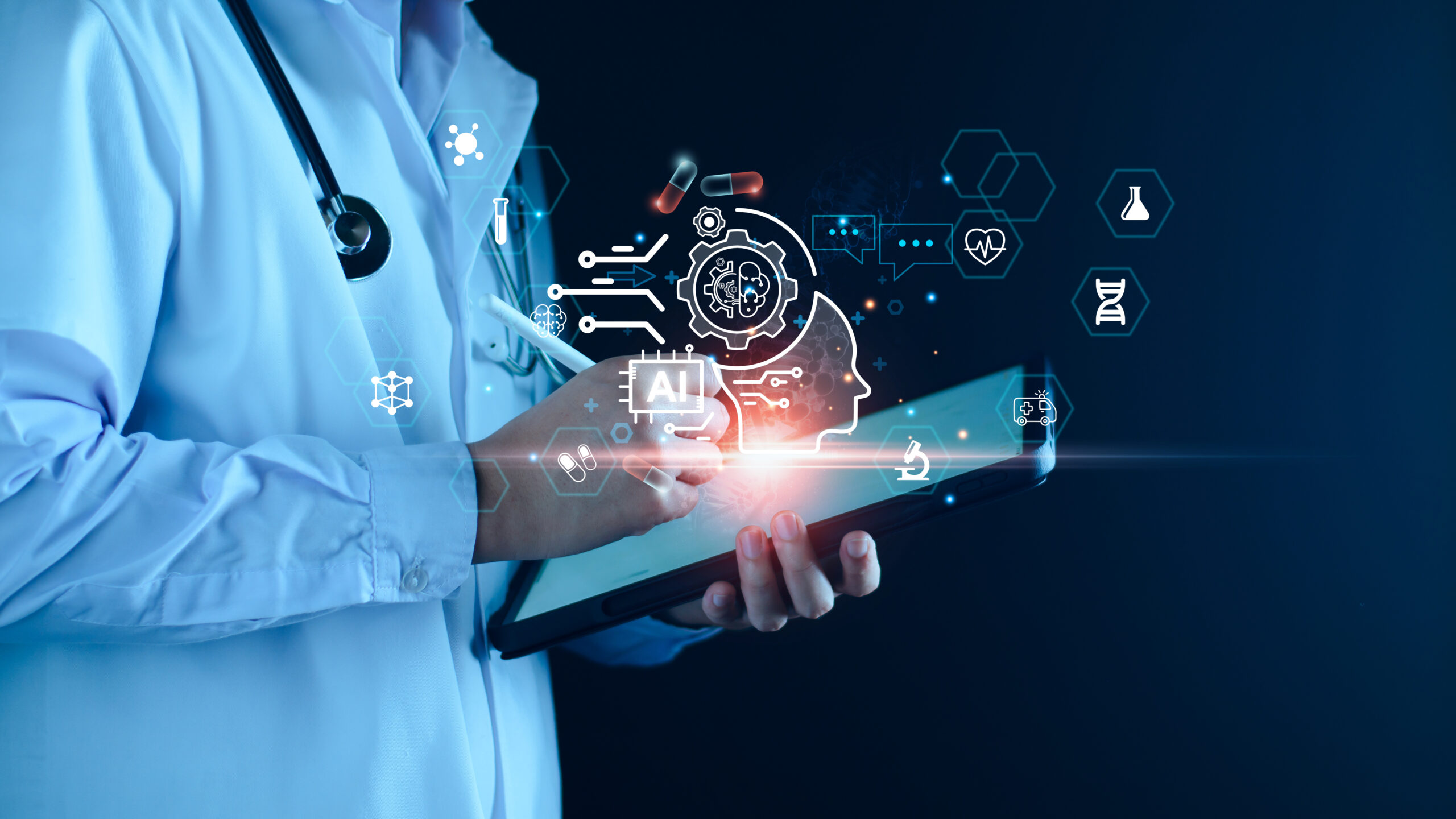Beyond the Outage: Our Blueprint for Resilient AI in the Enterprise
Today’s global outage of ChatGPT serves as a potent, real-time reminder of a profound shift: Artificial Intelligence is no longer an emerging curiosity but an embedded, often critical, component of modern business operations. For gravity9, this moment isn’t just about a service interruption; it’s a validation of our core philosophy: resilient AI architecture is paramount for enterprise success.
It’s only when technology falters that we truly grasp our reliance on it. This principle holds true for any disruptive innovation. Recall October 2021, when Meta experienced a global outage. That incident laid bare the indispensable roles of WhatsApp, Instagram, and Messenger in global communication and commerce. Businesses, accustomed to seamless access, were suddenly disconnected from customers, unable to conduct vital operations. For individuals, it severed primary connections and even locked them out of unrelated services tied to Facebook authentication. The event underscored how a single company had become a critical digital utility.
Fast forward to today. ChatGPT’s multi-hour global disruption reveals an equally rapid and profound integration of AI into our daily workflows. We’re witnessing online communities lamenting stalled exam studies, derailed report drafting, and myriad productivity hits. For a tool barely three years old, this immediate, widespread impact vividly illustrates that AI, specifically large language models (LLMs), has transitioned from a novel assistant to an integral, productivity-enabling force. When it goes down, productivity plummets.
As AI’s usage expands deeper into society—from analyzing patient records in healthcare to assisting with research collation in education, or synthesizing reports for civil engineering—outages like today’s will become exponentially more catastrophic if not managed strategically.
The knee-jerk reaction might be to avoid AI altogether, de-risking by simply opting out. However, this mirrors businesses avoiding the internet in the late 90s or social media in the 2010s – a deliberate move to disadvantage oneself in a competitive landscape. The true challenge, and where we excel, lies in de-risking the process of AI adoption, particularly with LLMs, within core applications.
Our Vision: Building Resilient AI Architectures, Not Just Deploying Models
At our core, we champion a proactive approach to AI implementation. We understand that embedding AI means embedding a new layer of dependency, and this requires sophisticated disaster recovery and business continuity planning. Our methodology centers on building inherently resilient AI architectures.
This is where tools like OpenRouter, often referred to as AI model aggregators or routers, become cornerstones of our strategic deployments. Their function isn’t just a convenient failover; it’s a fundamental shift in how enterprises interact with AI:
- Strategic Vendor Diversification as a Core Principle: Instead of an application being hard-coded to rely on a single model from a single provider (e.g., directly calling OpenAI’s GPT-4o), we design systems that communicate with an abstraction layer. This isn’t just a backup; it’s a core architectural principle. If Anthropic experiences a major outage, a system we’ve implemented can automatically redirect its requests to a comparable model from Google or another provider, ensuring immediate service continuity without manual intervention.
- Proactive Performance Management and Optimization: Our deployments go beyond simply switching on failure. We integrate real-time monitoring and routing logic that can automatically fall back to a secondary model if the primary one shows increased latency or degraded response quality. This proactive approach ensures a consistent, high-quality user experience, critical for applications where AI powers real-time decisions, such as diagnostic support in healthcare.
- Future-Proofing Through Flexibility and Choice: By providing a unified interface to hundreds of models, from proprietary flagships to niche open-source alternatives, we empower our clients to build truly robust and future-proof systems. Organizations can select the optimal model for a specific task based on capability, cost, and speed, rather than being locked into a single ecosystem. This strategic flexibility enables continuous optimization and adaptation as the LLM landscape evolves.
In essence, we transform the potential single point of failure in an AI dependency into a resilient, multi-path system. The failure of any one model or company does not have to mean the failure of the vital services built upon them.
The Imperative: Intelligent AI Integration for Uninterrupted Operations
Today’s ChatGPT outage is more than just a temporary inconvenience; it’s a critical, real-time case study reinforcing our accelerating dependence on AI. Just as the Meta outage clarified the criticality of social platforms, today’s event underscores that AI is no longer a luxury but an increasingly integral component of our daily productivity and operational infrastructure.
Embracing AI offers unparalleled competitive advantages, but this growth must be tempered with robust disaster recovery strategies. We provide the expertise and implement the architectural frameworks necessary to achieve this. Our focus isn’t just on deploying AI; it’s on deploying resilient AI that can withstand the unexpected, ensuring that essential services continue uninterrupted, even when the digital foundations experience turbulence. The future of AI integration demands not just innovation, but unwavering reliability, designed from the ground up.
Talk to our AI Team to find out more on gravity9’s approach to Uninterrupted AI operations.





